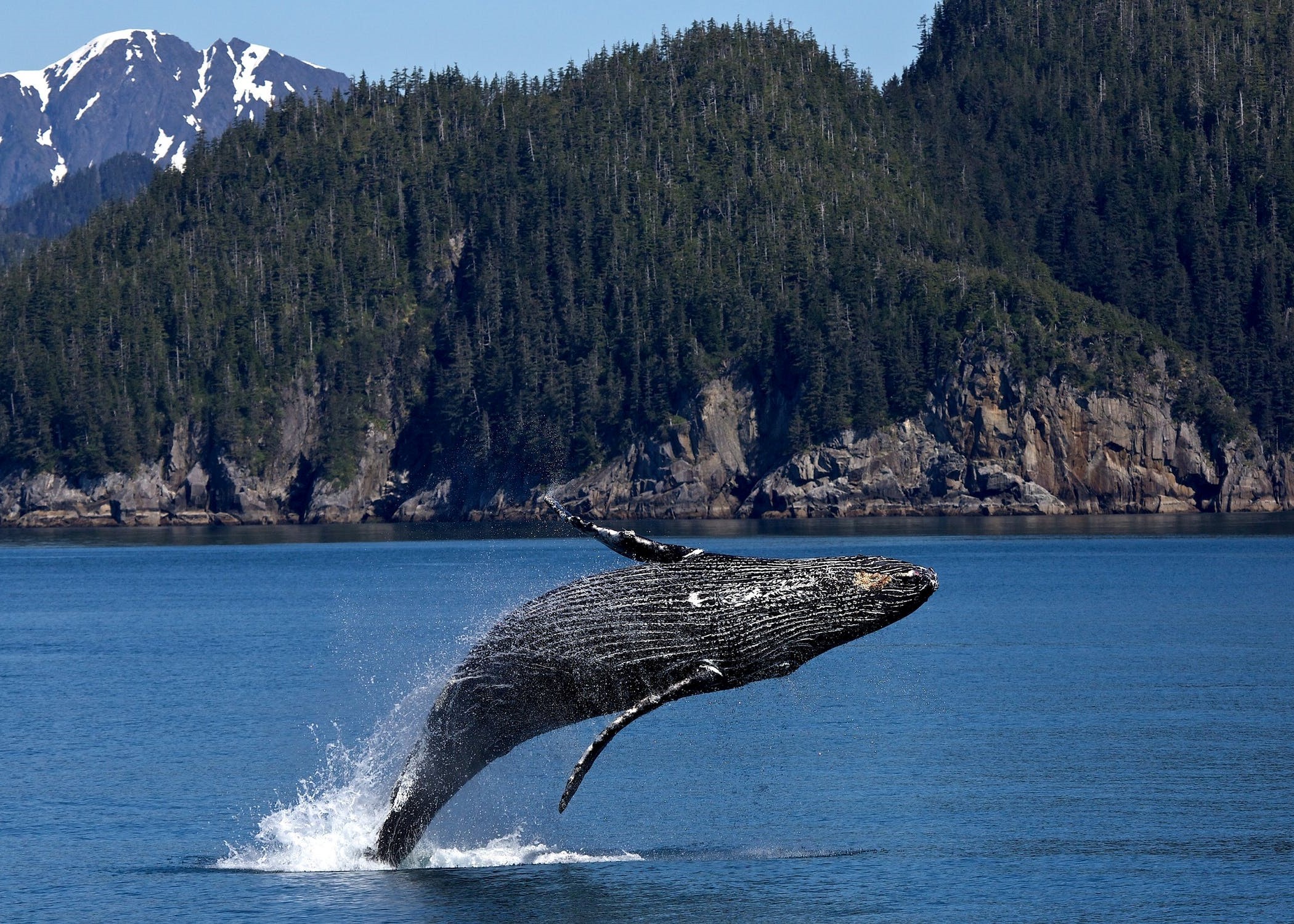Today, May 15, 2020, marks the 15th anniversary of Endangered Species Day. It was first designated by the U.S. Senate in 2006. This day has extended its reach and is now recognized across the globe on the third Friday in May with the purpose of raising awareness and protecting the animal species that need it most. Many shark species around the world are on the endangered species list and are very misunderstood. Sharks are a “keystone species”, meaning they play a critical role in maintaining the health of ocean ecosystems. By feeding on sick and injured prey, sharks help to decrease disease and keep animal populations balanced. Unsustainable capture and mortality of sharks can have substantial consequences for marine ecosystems. If sharks disappear, there can be myriad consequences for animals at all levels of the food web.
A quarter of the world’s sharks and rays are threatened with extinction according to The IUCN Red List of Threatened Species. Finning, overfishing and bycatch have led to serious declines in shark populations around the word. A report published in the journal Marine Policy estimated that 100 million sharks are killed by humans every year. Using the data in the report, data visualization experts Joe Chernov and Robin Richards determined that 11,417 sharks are killed per hour (The Huffington Post).
Thankfully some populations of sharks have been making a comeback. Longline fishing, an industrial technology that can have thousands of baited hooks in a single set and has been linked to major declines in sea turtle, swordfish and shark populations, was banned off the coast of California in 2004 (Turtle Island Restoration Network). Just this year, all longline fishing within the Exclusive Economic Zone of the entire U.S. (up to 200 nautical miles offshore) has been suspended (CBS 8 San Diego).
Due to these successful conservation efforts, we are seeing increased occurrences of juvenile white sharks around popular California beaches. Sharks are powerful predators, and while interactions with humans are rare, it is important that we learn how to coexist with these animals as they become more common in coastal waters.
The Shark Lab at California State University Long Beach is using new technology to study shark behavior and develop education programs for lifeguards, fishers, and the public to reduce fear and negative interactions. Their research is focused on tagging and tracking sharks to minimize conflict with humans. Using smart tags, acoustic tracking devices, and drones, researchers have learned more about shark behaviors and how to educate the public about beach safety (VC Star). The Shark Lab is working on a system of advisements to inform the public when a shark has been sighted at nearby beaches. On their website, they provide helpful information about what to do if you see a shark.
Sharks are functional top predators that are critical to the health of marine ecosystems, and it has been a long road to recovery to restore shark populations to their current levels. It is important that we continue to work to protect sharks while keeping public safety in mind. Technology is presenting viable solutions for humans and sharks to exist together, which ultimately is better for oceanic ecosystems.




